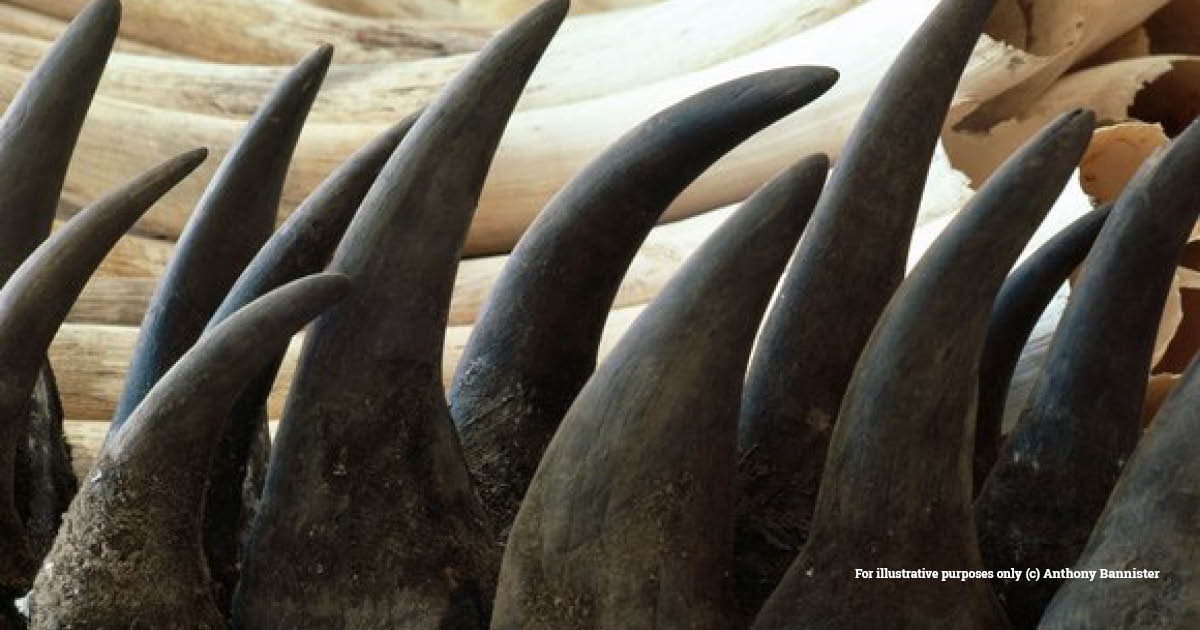
To see the whole tweet click here
The South African government now has a total of 70 tonnes of rhino horn in stockpiles. Why, you might ask, have they continued to collect rhino horn since 1977 when its trade was banned? It would appear that, like elephant ivory, there was a hope that they could be sold, from time to time, to push down the price on the black market for rhino horn. There has also been an attempt to make money from this resource.
The problem with this, is as shown by the sales of elephant ivory, it is not actually reducing the demand, but quite to the contrary, these so called one off sales actually have often been seen to increase demand, which leads to a surge of poaching.
The demand for rhino horn is already absurdly high. Last year 499 rhino were hunted in South Africa, though positively, the Kruger only lost 78 (406 were lost on public lands and national parks).
Given past sales of both ivory and rhino horns have not reduced demand but instead increased it.
If past precedence is to be believed, then what will happen is that there will be a brief reduction in demand and price when the extra quantity is released, but this has usually been followed by a surge of extra poaching.
Rhino horn is currently valued at $60,000 per pound, and as each tonne has 2204 pounds, this rhino (if all sold at this price) would be worth $9.25 billion. That is a very large amount of just short of 1% of the whole countries GDP. However, were this rhino horn be allowed to be sold, then while the price of rhino horn would likely drop (without careful care to sell it over some time), but it would also greatly increase the demand for rhino horn.
This would mean that should there be a great increase in the demand for rhino horn. There are currently 23000 white rhino across south Africa, each of these with between $200,000-400,000 of horn on their head.
How long do we think it would take for the demand for white rhino horn to increase poaching back to the thousands a year. At the end of 2023, there were 1850 down several hundred from the year before. To put this in context, in 2007 17,480 white rhino were living wild in southern Africa (80%-90% of these were in the Kruger). Given South Africa has completely failed to end the white rhino massacre, we cannot trust them to look after the few that still remain.

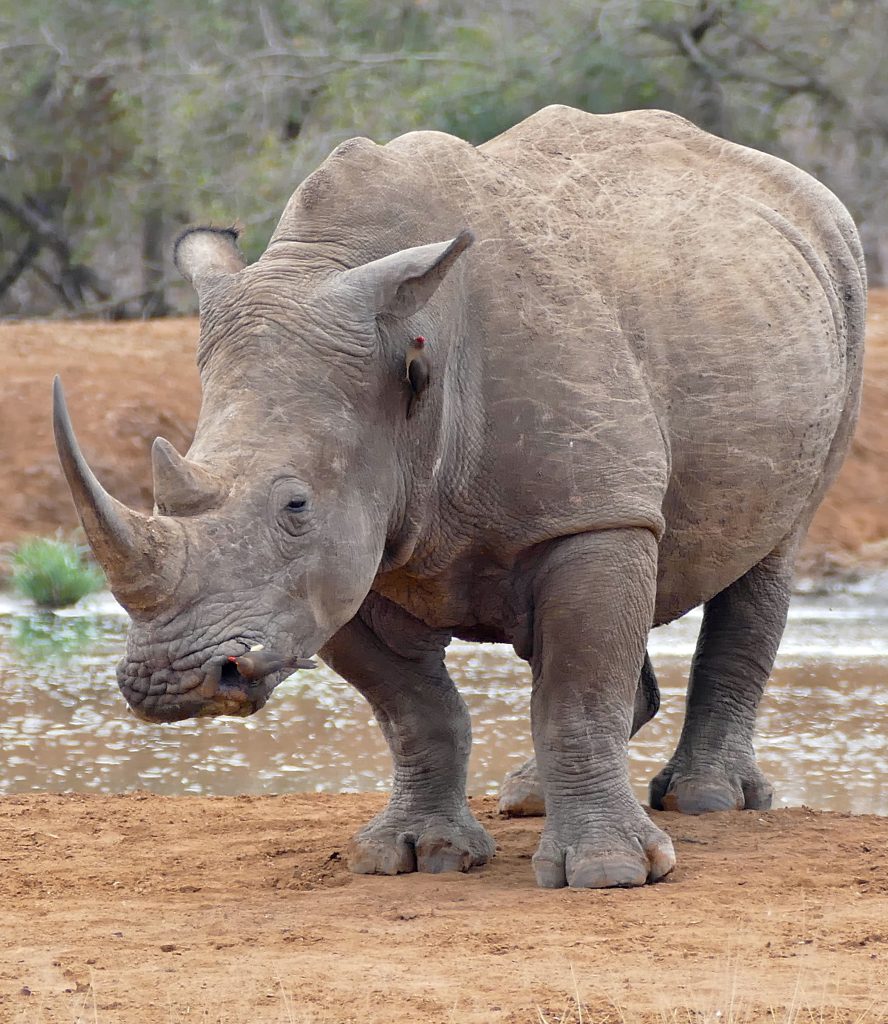
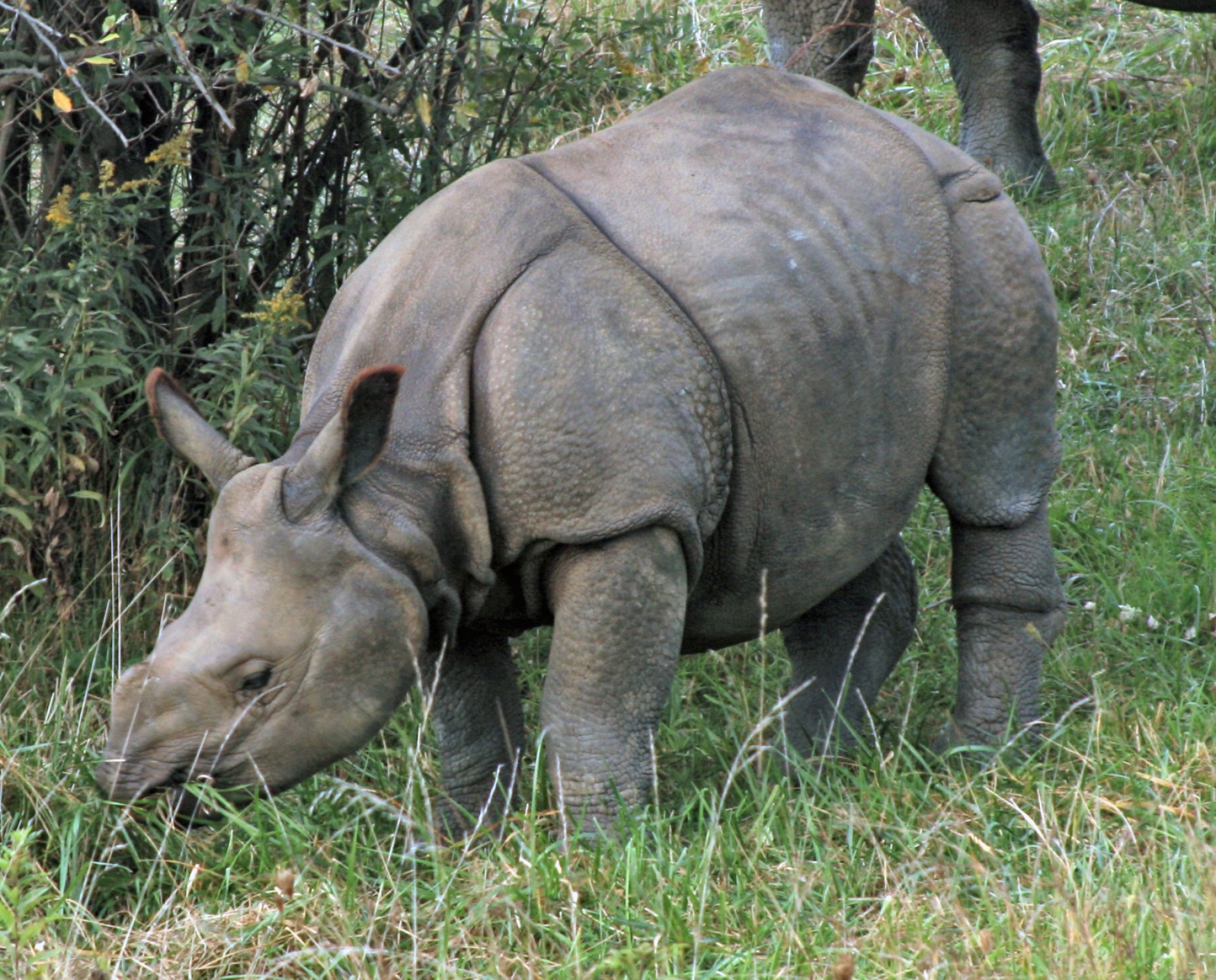
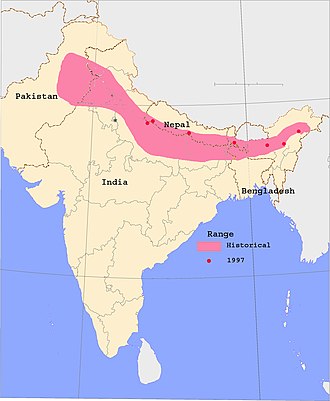 Native to the Indian sub-continent, it is listed on the red list, and is only found across 20,000
Native to the Indian sub-continent, it is listed on the red list, and is only found across 20,000 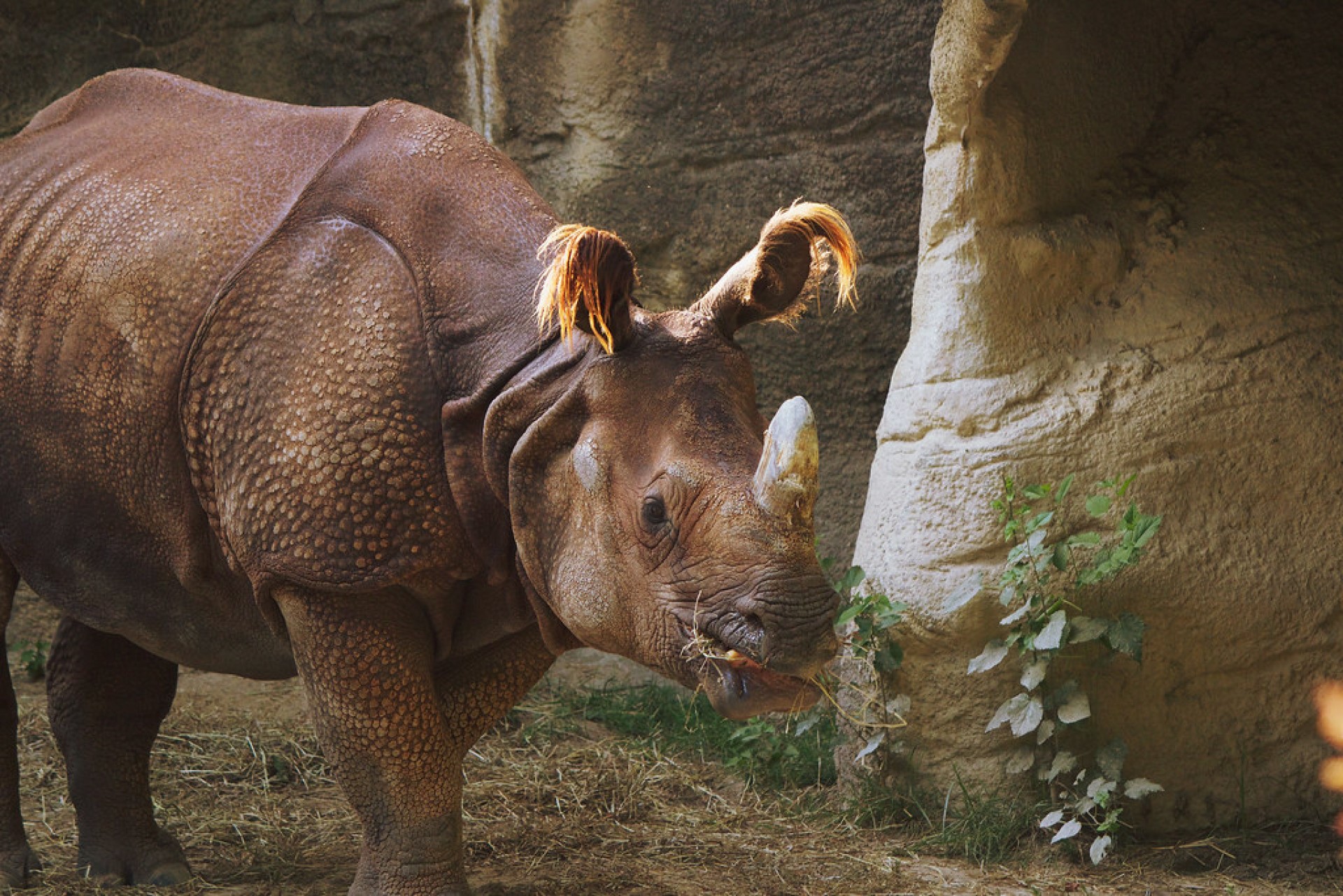
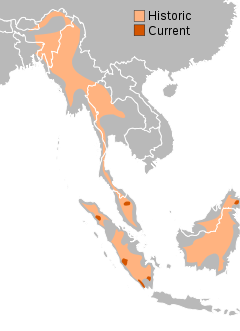

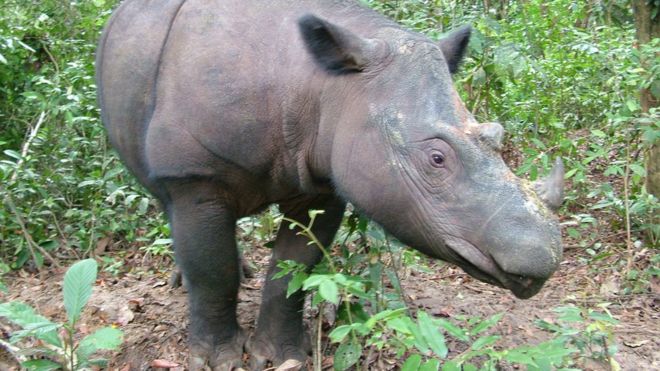
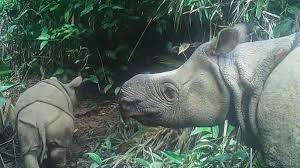
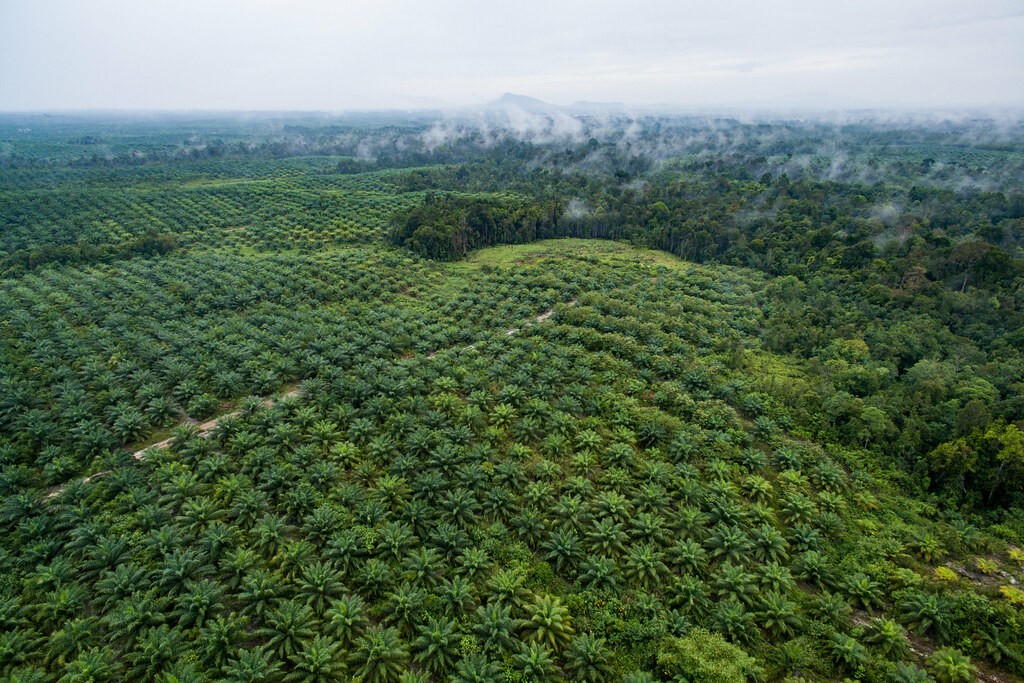
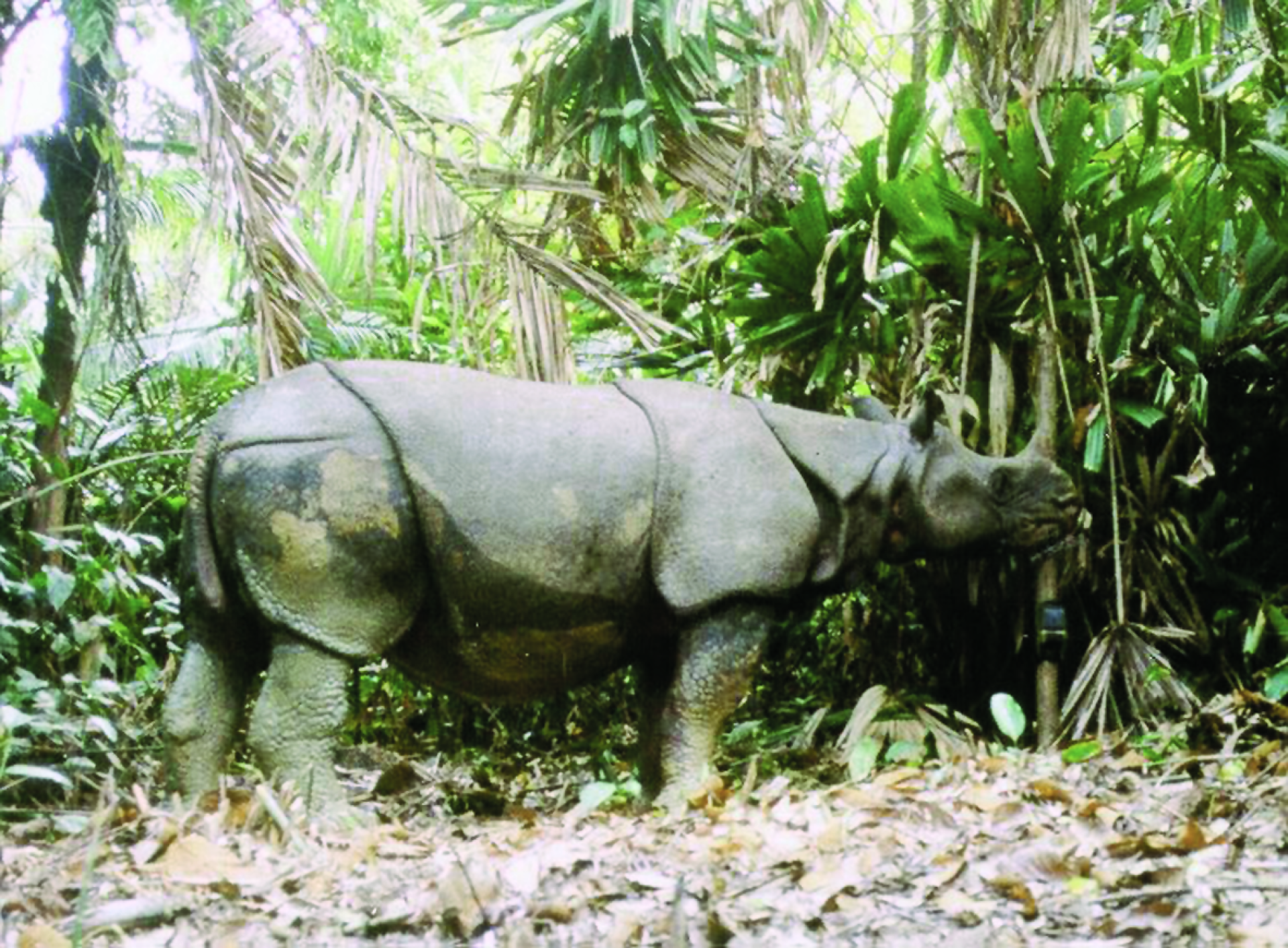
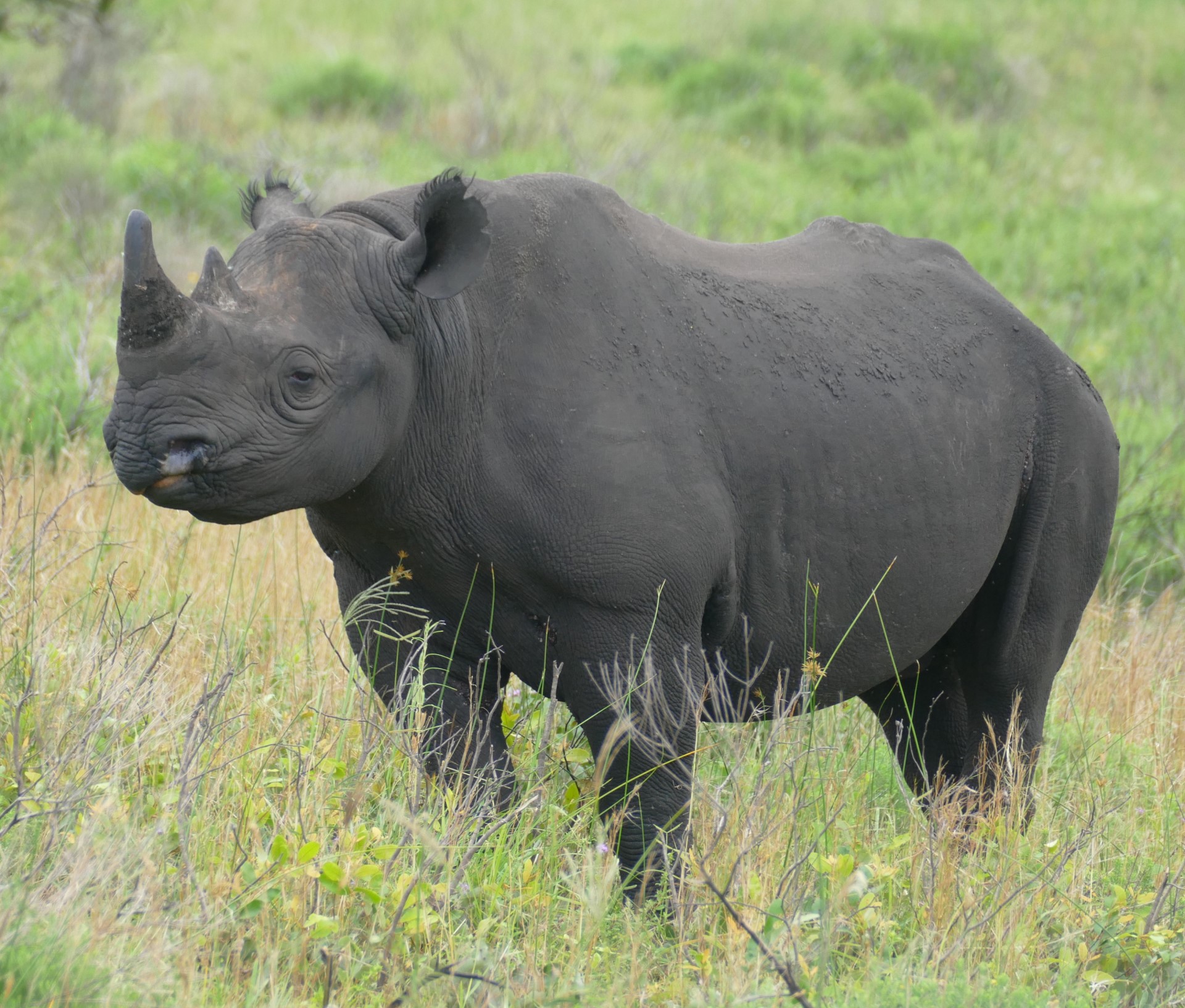
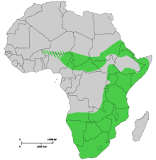 So the
So the 